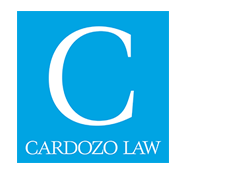Publication Date
2021
Journal
Michigan State Law Review
Abstract
Fraudulent transfer law has historically been an in rem right of a creditor to property fraudulently received by a third party. In a minority of states, courts have treated fraudulent transfers as creating an in personam liability of the transferring debtor, the recipient, and any other third party who "conspired" with the transferor to achieve the transfer. This Article examines the wisdom of this modern trend and finds it wanting. The United States Supreme Court in 1861 was correct: fraudulent transfers are not wrongs. They merely create in rem rights.
Volume
2021
Issue
4
First Page
1093
Last Page
1196
Publisher
Michigan State University College of Law
Disciplines
Bankruptcy Law | Commercial Law | Law | Property Law and Real Estate
Recommended Citation
David G. Carlson,
Fraudulent Transfer as a Tort,
2021
Mich. St. L. Rev.
1093
(2021).
https://larc.cardozo.yu.edu/faculty-articles/791



